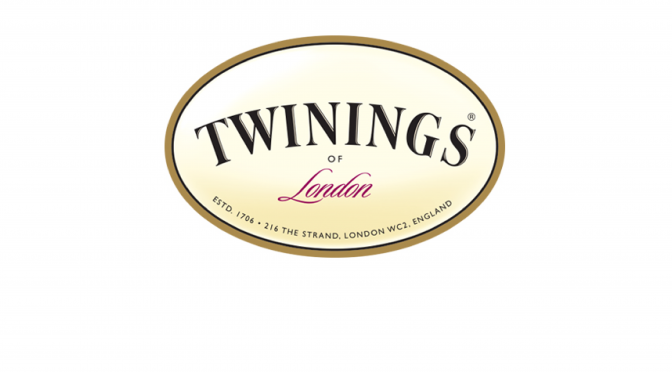Project Team: Sharon Els, Jim Lyneis, and Bill Dalton of PA Consulting
Editors: Matthew Bigman, Seth Cordes, Rebecca Niles, and Kris Wile
“ …We could not get past…, ‘We have been doing this for 20 years, why shouldn’t it work now?’”―David Starr, Senior Director Information Technology, Company A
“This work affected a 7-point market share increase.”―David Starr, Senior Director Information Technology, Company A
Company A, a major credit card company, once held a dominant market position  with only one primary competitor. They woke up one day and realized that, after six years of steady decline in revenues and market share, they had lost their leadership position. The company was stymied. Everyone was blaming each other. The erosion continued despite every effort to turn things around. Conventional wisdom, based on past experience, was not working. It was pretty desperate, nobody knew what to do, and it was feared that they would be out of business in the next five years if they couldn’t turn the “death spiral” around. It became clear, given the changes in the marketplace, that a new way of understanding the forces at play was necessary.
with only one primary competitor. They woke up one day and realized that, after six years of steady decline in revenues and market share, they had lost their leadership position. The company was stymied. Everyone was blaming each other. The erosion continued despite every effort to turn things around. Conventional wisdom, based on past experience, was not working. It was pretty desperate, nobody knew what to do, and it was feared that they would be out of business in the next five years if they couldn’t turn the “death spiral” around. It became clear, given the changes in the marketplace, that a new way of understanding the forces at play was necessary.
The company called in the System Dynamics group of PA consulting as part of a larger project to change the company’s fortunes. System Dynamics (SD) and PA consulting were chosen because of their ability to look at the problem in a whole new way: people within in the company were thwarting each other’s efforts, and a more holistic approach for the organization was necessary. SD provided the necessary perspective by looking at the system as a whole, without losing crucial details.
Among the early modeling insights, was a simple recognition of the perilous situation in which Company A found themselves. The fact was that the company’s clients, credit card issuers, tended to focus all of their marketing efforts on the market leader, while ignoring the runner-up. In this case, when Company B was king, clients only promoted Company B’s product to the detriment of Company A. This was a case of a common systems trap called “Success to the Successful” and, if left unchecked, would surely have led to the demise of the less successful entity, Company A.
 Company A also learned that there was a limit on spending due to minimal payments. Customers would not use the cards to the full advantage if they were not being paid off. Counterintuitively, the best observed solution for this problem was to create a higher minimum payment, to allow for increased monthly spending.
Company A also learned that there was a limit on spending due to minimal payments. Customers would not use the cards to the full advantage if they were not being paid off. Counterintuitively, the best observed solution for this problem was to create a higher minimum payment, to allow for increased monthly spending.
PA consulting worked to collect real world experience, expert interviews, quantitative and qualitative data, and cultural factors. The information was cross checked, and at first, client focused. But a unique benefit of SD is its ability to scale upwards to encompass the entire market and capture the inherent complexities within the system. This model was scalable and could be moved from department to department to test a wide variety of initiatives. Hundreds of factors could be tested within the model’s nonlinear and time delayed system, to find the true leverage points which would allow Company A to regain and improve their market share. Consequently it was discovered that efforts such as increased value added assurance and increased issuer preference held the most value while conventional solutions like increased advertising held little leverage. This led Company A to be the first to market with the technique called co-branding, a partnership between a credit card brand and company, which allowed them to regain 6 points of market share. To the Company A member banks the increase was worth billions in relative market share. Since then, co-branded cards have taken off in the United States and have redefined profits within the industry.
For Company A, System Dynamics changed not only the way the company saw itself, its competitors and its products, but it also helped drive the creation of an entirely new product line. Company A was able to efficiently understand their strategic resources and move on to a new field of growth by recognizing the key leverage points within their own system, identified thanks to the work done by PA consulting.
“In the end, everyone took credit for the work.”―Sharon Els
More Information:
System Dynamics for Business Strategy: A Phased Approach











